End of Summer Garden Update: Year One
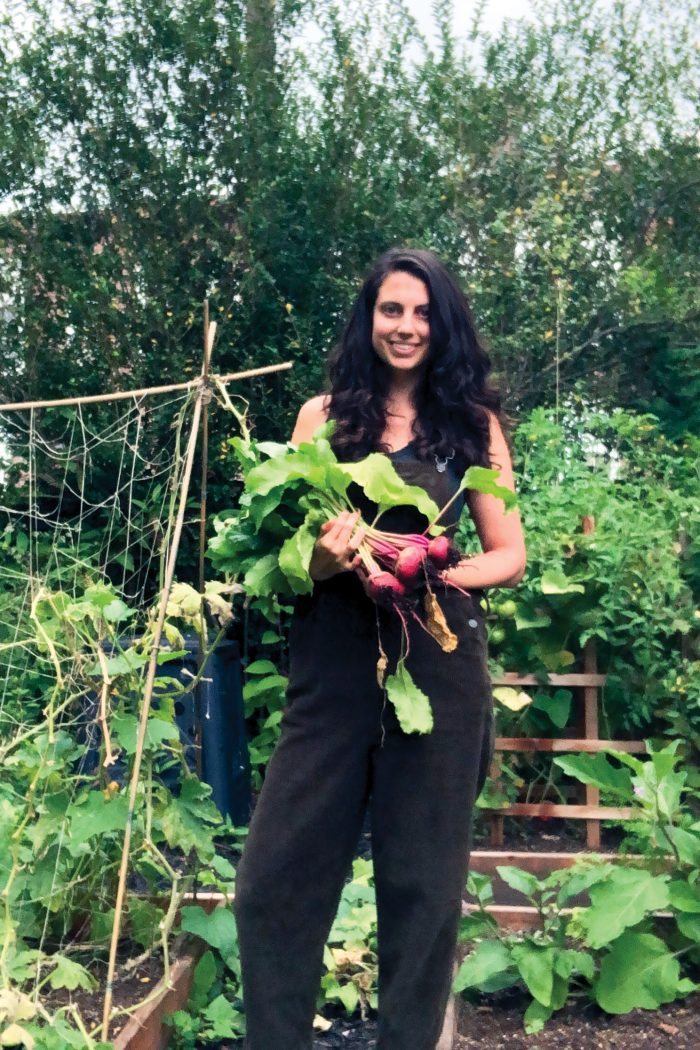
Having a garden of my own has been a dream of mine since I started eating more plants and less junk over a decade ago. It may have taken longer than I hoped, but when Ross and I finally decided to move out of our tiny Brooklyn apartment into a real house in the suburbs last year, the dream of growing our own food finally became a tangible goal.
My journey with food has been a long one (read the full story here). I started by experimenting with eating more plants and less junk to improve my health, then I became passionate about animal welfare and sustainability and how my small food choices could have a big impact, eventually I learned to intuitively figure out which foods made me feel my best and which to avoid, and now I’m at a point where my big, big life goal is to help others treat themselves and mother earth kindly by eating with the seasons (in fact, I just wrote a whole book about it!) and making plant-based food easy and accessible. Growing my own food feels like the natural next step in my journey.
You know that joke, “How do you know if someone is vegan? They’ll tell you!” Well, that’s how I feel about my garden! Since our first little seedlings sprouted, I haven’t been able to stop talking about it, but I was so surprised and delighted to find out that a whole bunch of you we super interested in watching our garden progress in my Instagram stories!
Actually- scratch that. I’m not surprised by the interest because there is something about getting our hands dirty in the garden that we as humans respond to on a deep inner level. After we got our first seeds in the ground, I told my friend Lauren who lives on a gorgeous farm in California (check out her floral business!) how our entire family felt so good when we were digging around in the dirt and her response was that it’s “in our blood and bones.” Modern society is so disconnected from nature and the cycles of the seasons, connecting to the earth through gardening is like coming home.
I’ve gotten so many messages from folks saying that they want to start a garden but they don’t know where to begin, so even though Ross and I are super, super novices, today I’m sharing exactly how we started, what worked and what did not, and what we plan to do differently next year.
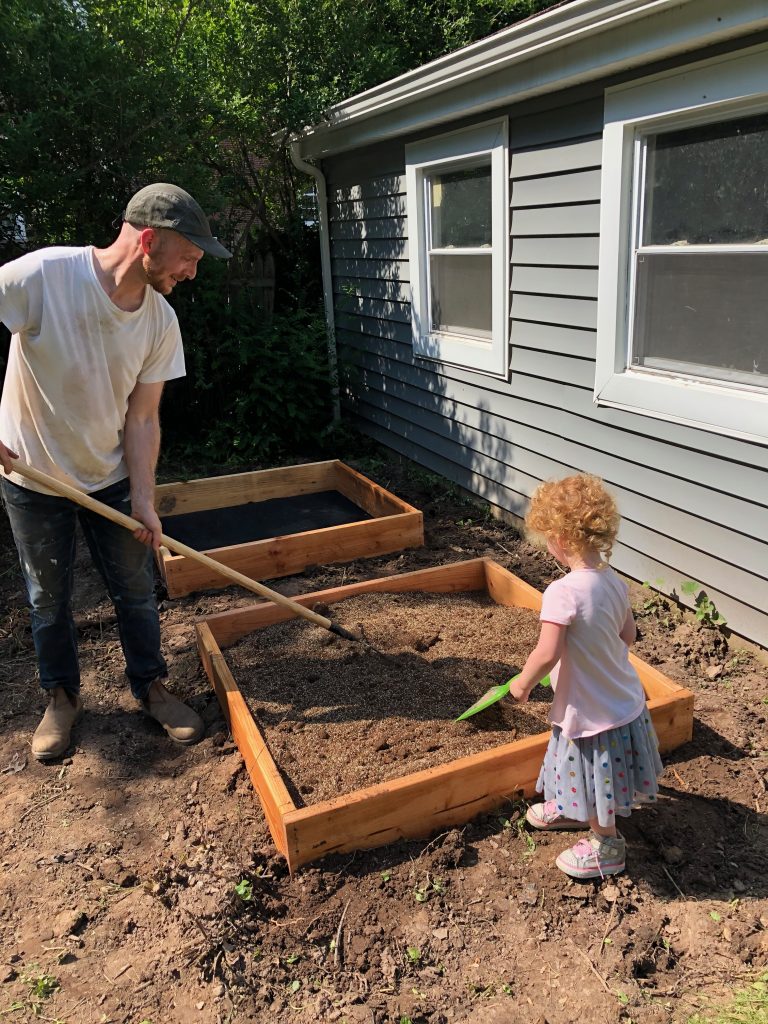
Why we got started
I mentioned above that it’s been a dream of mine for a while to start growing my own food, but it’s so much bigger than that!
- We want Baby V and Baby L to grow up understanding how and where food is grown. From a young age they know the difference between a freshly picked tomato and a can of tomato soup!
- Sustainability. Food grown 20 feet away from our kitchen requires no shipping, no cardboard boxes, no plastic produce baggies. It makes a small reduction in our carbon footprint, but small changes add up!
- Save money. Ok, we definitely did not save any money this year. We had to spend a bit on the materials for the raised beds and the soil definitely wasn’t cheap, but we look at it as an investment in future years to come!
- The freshest produce. Fruit and veggies picked straight from the garden simply taste better than those from the store that were harvested days, even weeks, earlier.
- It’s fun! This may sound a little dramatic, but working in the garden has been really great for our marriage! With a toddler and baby in the house, most night’s Ross and I are so far beyond exhausted that all we can do is eat dinner, watch 30 minutes of a tv show and fall asleep before 9pm. Going outside together after dinner and doing small tasks in the garden is so much more fulfilling then zoning in front of the tv. It’s a very low key hobby that we’re both equally excited about and just the right speed for us at this moment in our lives.
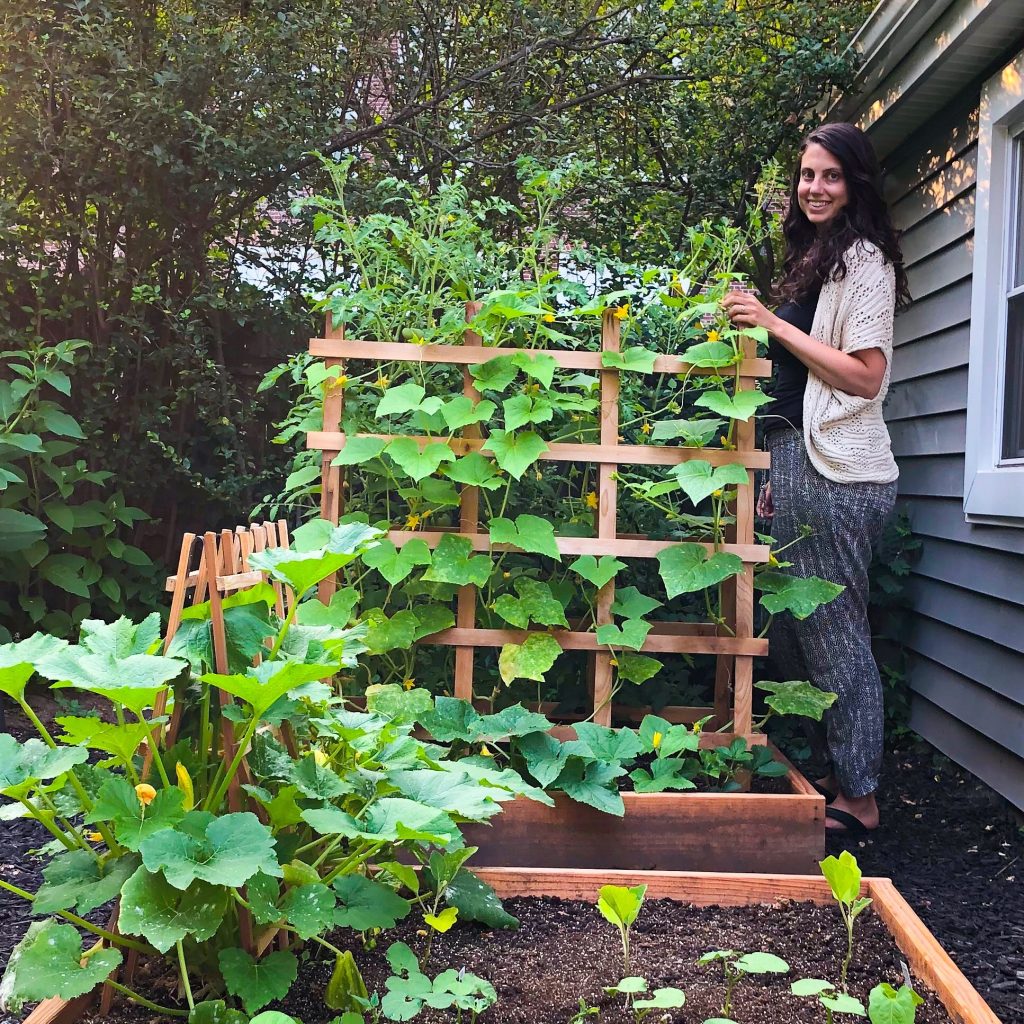
How we got started
Sometime around February, when it was brutally cold here in New Jersey, Ross and I started getting serious about thinking ahead to warmer days when we could start setting our garden up. We were complete novices and we truly knew absolutely nothing about gardening, so I reached out to my friend Lauren (who I mentioned above). She told me to pick a spot that gets at least 6-8 hours of sunlight a day- easy enough!- and do a home soil testing kit to see if we can plant directly in the ground or what our soil might need.
Ross picked up with the book Square Foot Gardening which appealed to him because the claims that gardening in a small space could be super easy. We found out that our town has a local gardening group on Facebook where people post questions, share suggestions for what to do during different weather situations, trade seedlings and organize events. Joining the group made a huge difference for us and was so helpful when questions came up.
And that is how we got started!
We never ended up doing the home soil test because we quickly found out from our neighbors that the soil in our area is too dense and heavy with clay, and everyone who gardens here uses raised beds. Easy enough! Ross got to work building three raised beds and we filled them with “Mel’s mix” (the soil formula that the author of Square Foot Gardening recommends) which is 1/3 vermiculite, 1/3 peat moss and 1/3 compost.
We weren’t sure if we should plant seeds directly in the beds or buy seedlings that had already been started. Our town’s garden club hosts a gigantic sale each spring where they sell tons of healthy seedlings, so we ended up buying a bunch there since it felt less overwhelming. In hindsight, it was definitely a waste of money because seeds cost pennies and seedlings cost dollars, but it did help simplify things for our first year.
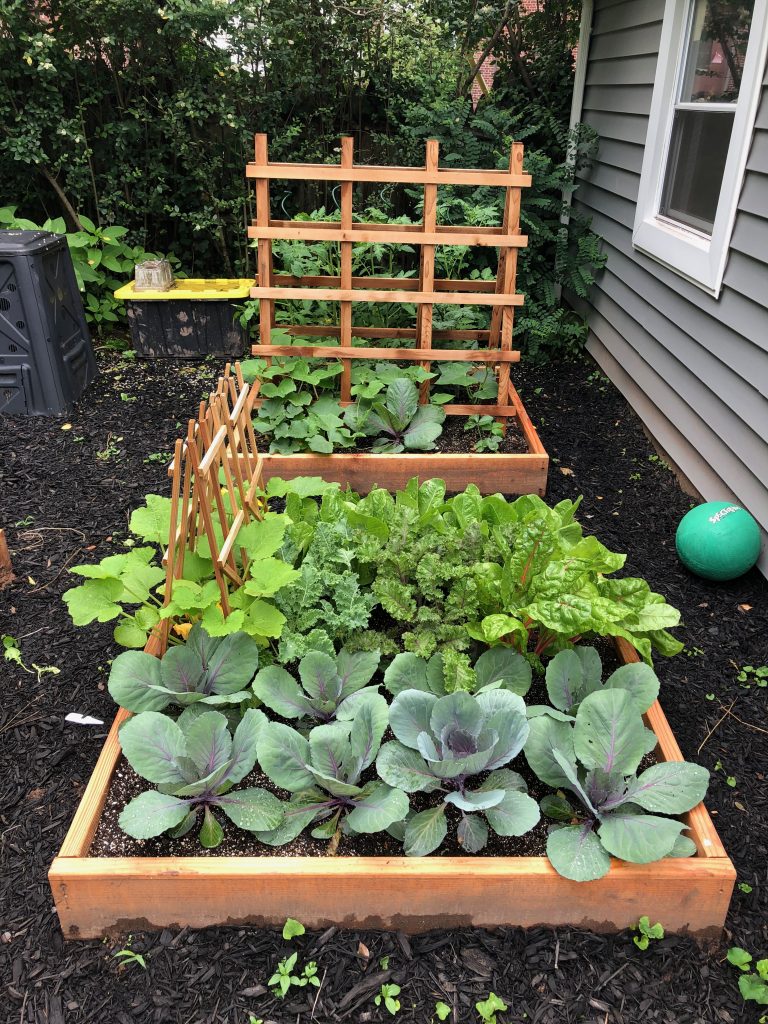
What worked and what did not
Let’s start with what worked well. Our tomato and cucumber seedlings grew and grew and grew with hardly an effort. Between 6 cucumber vines we must have harvest close to 100 cucumbers and that was a major win! We planted 5 tomato plants and they’ve all grown ridiculously tall. They must be at least 7 feet and have outgrown their supports to the point that we had to attach ropes from the top of our garage to secure them! I’m writing this in the beginning of September, and at this point we’ve harvest about 10 or so tomatoes and have at least 30 green ones still on the vines. Hopefully we will have a very abundant harvest in a week or so!
I wish I could tell you why these two plants have done so well…but I honestly have no idea! We often see birds and bunnies in our yard but for some reason we’ve been lucky enough that they’ve stayed away from the produce.
Our romaine lettuce (seedlings), eggplant (seedlings), green beans (seeds planted in soil), and beets (seeds planted in soil) also grew with very little effort!
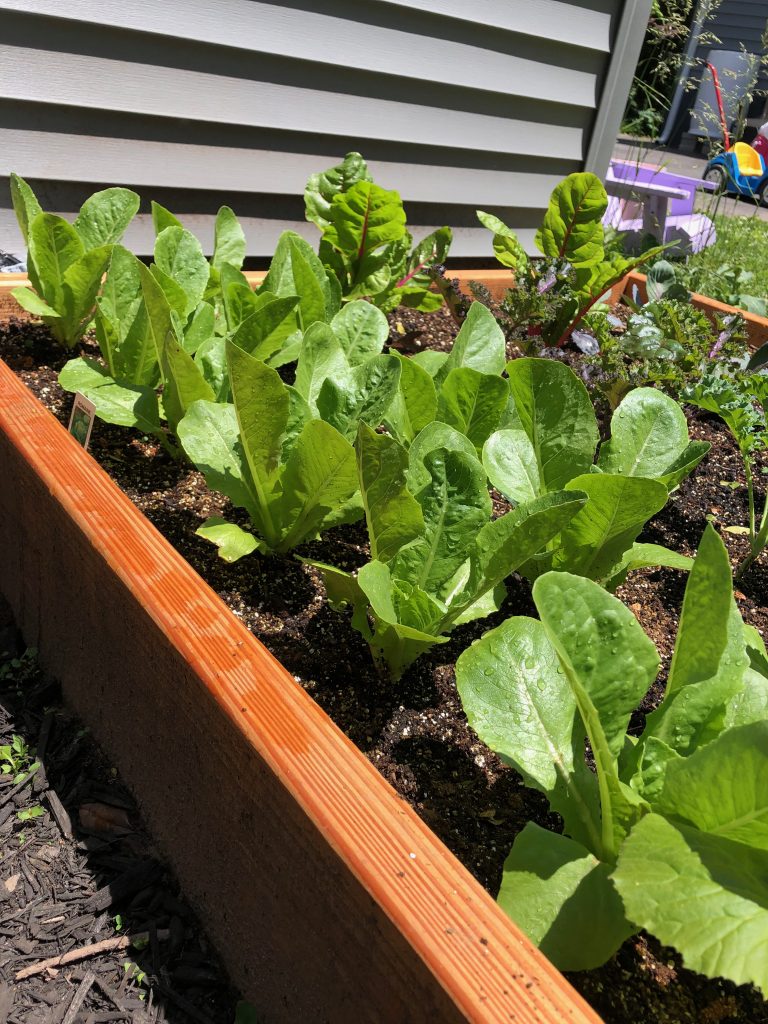
What didn’t work well. We planted kale, cabbage and swiss chard seedlings at the beginning of the season but cabbage worms at them all before they had much of a chance to really grow. We’ve since learned that it’s best to plant these cruciferous veggies later in the season since they’re weaker in the high summer heat and more susceptible to pests. We sprayed them with neem oil (a trick someone suggested in our local gardening group mentioned above) when we first saw signs of the cabbage worms and that helped hold them off a little, but ultimately the bugs won out. We’re trying again for a fall harvest and just planted a few kale seeds at the end of August and are hoping we can keep the bugs away this time!
Squash. We had a few issues come up with both our summer and winter squash. We planted 3 zucchini seedlings, harvested exactly 1 giant zucchini, then realized that squash vine borers had infiltrated the vines and the entire plants were toast. We’ve since learned what it looks like when vine borers get into the plants so next year we will be able to be on the look out!
We went a little overboard with winter squash and planted a bunch of acorn, kabocha and butternut squash (all in one 4′ x 4′ bed which was WAY too crowded), and all but 2 of the vines have fallen to the powdery mildew (from the vines being too close together) and squash vine borers! We currently have two butternut and two acorn squashes growing on the remaining healthy vines and really hoping they make it to harvest!
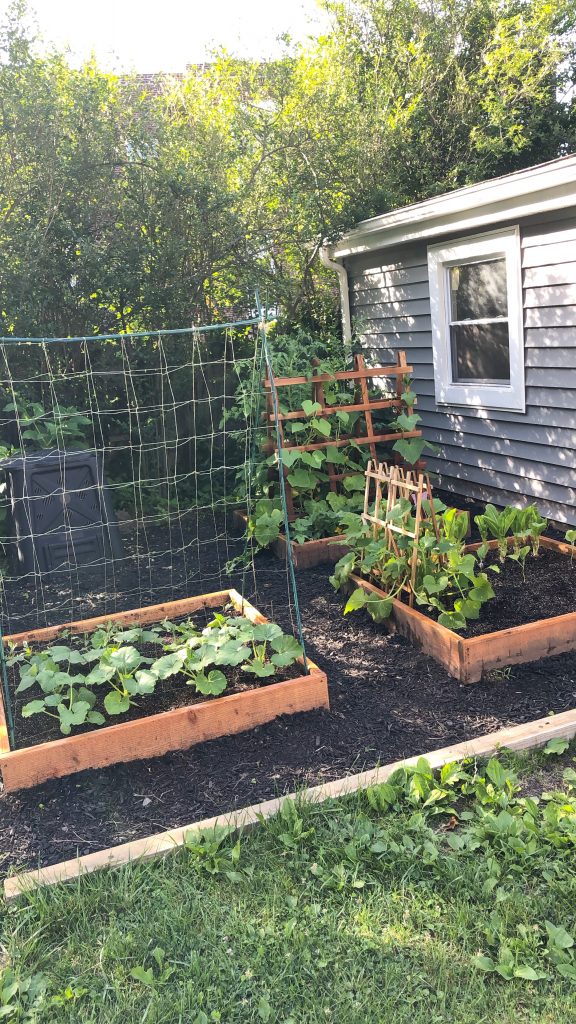
Plans for next season
Now that we’ve gotten a (literal) taste of garden fresh produce, we’re hooked! Ross and I are already mocking up plans for next year and how we can maximize our growing space. We have enough room in our yard to clear space for 5 more 4′ x 4′ beds (8 total) and have big dreams of a squash tunnel (how majestic, right??)
We’re planning to set up a station in our garage with growing lights so we can start our seedlings indoors and plant them immediately in the spring after the last frost to maximize the growing season.
We also want to carve out a sitting area in the garden, perhaps a bench or a little bistro table, so we can really hang out and enjoy the plants as they grow!
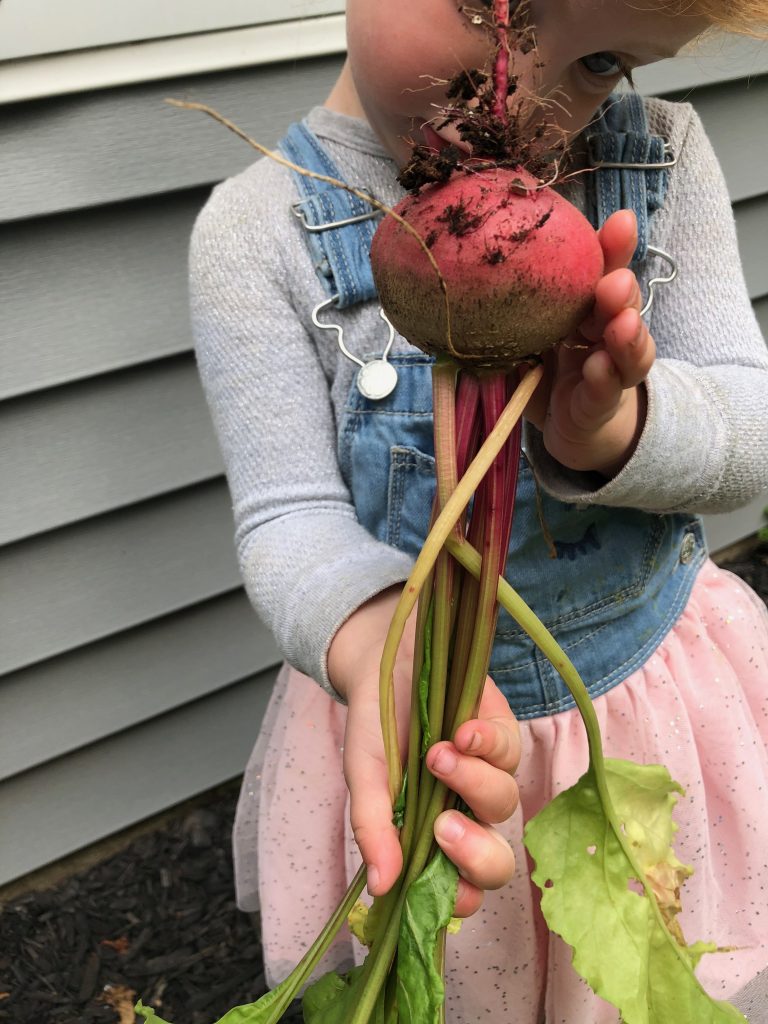
The moral of the story is that if we can do it, you can too! If you feel overwhelmed, start with just one plant and take it from there. Small changes add up to big shifts.
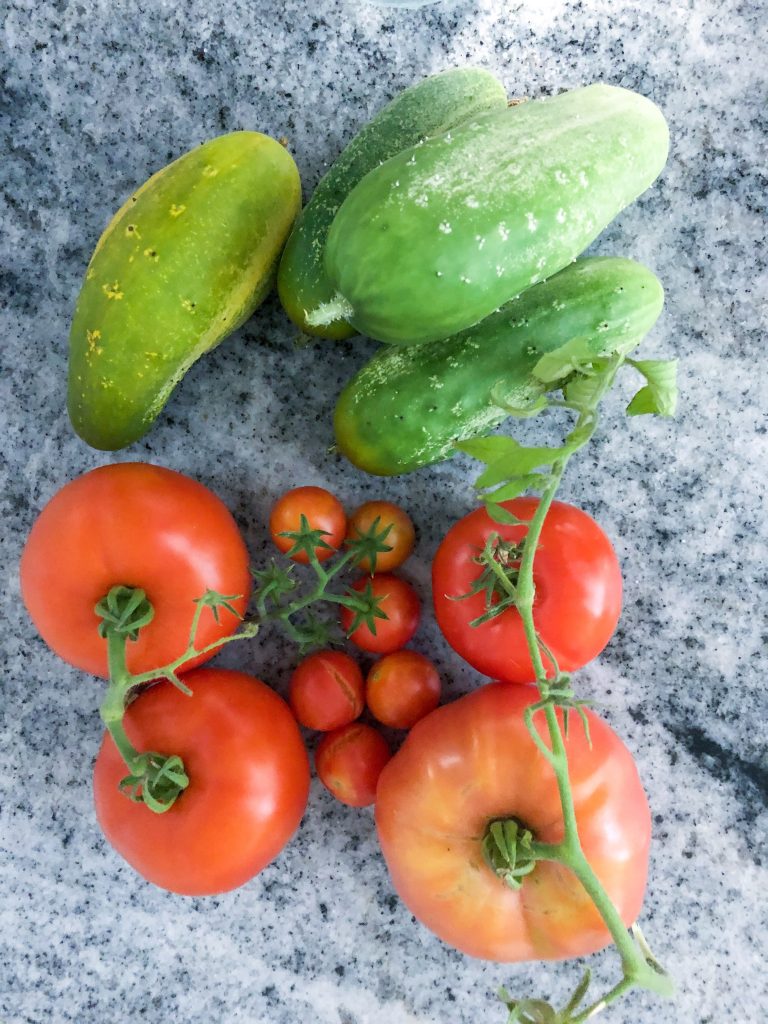
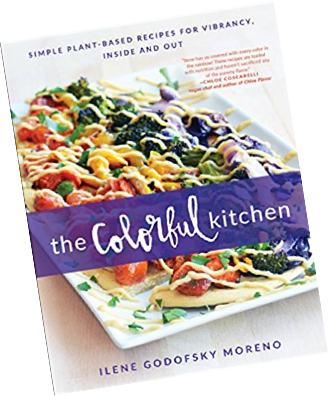

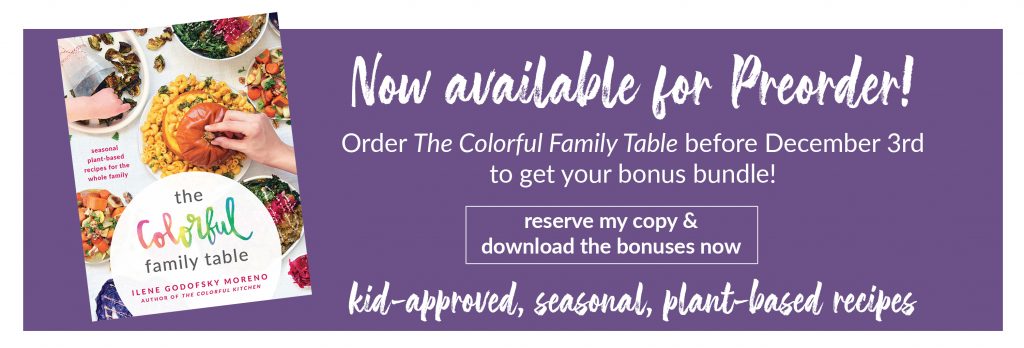


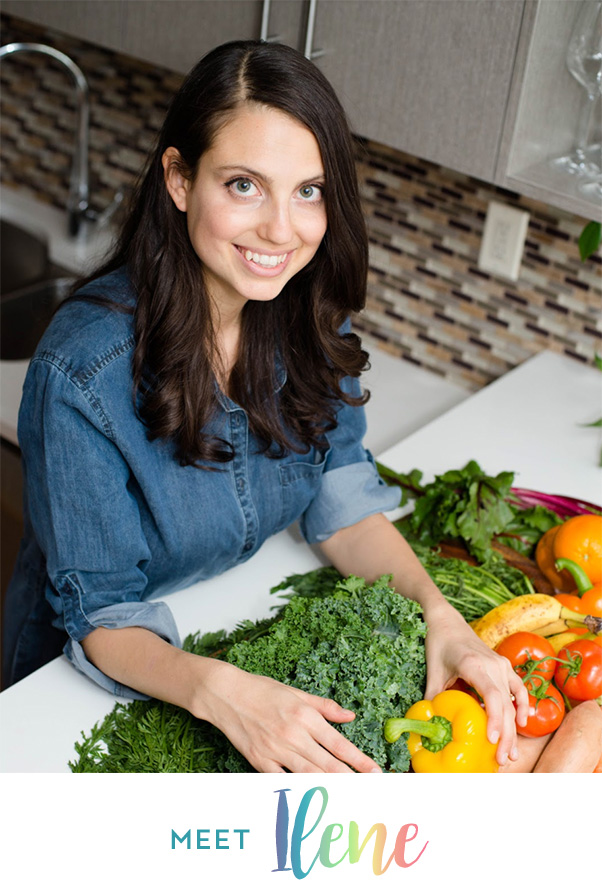
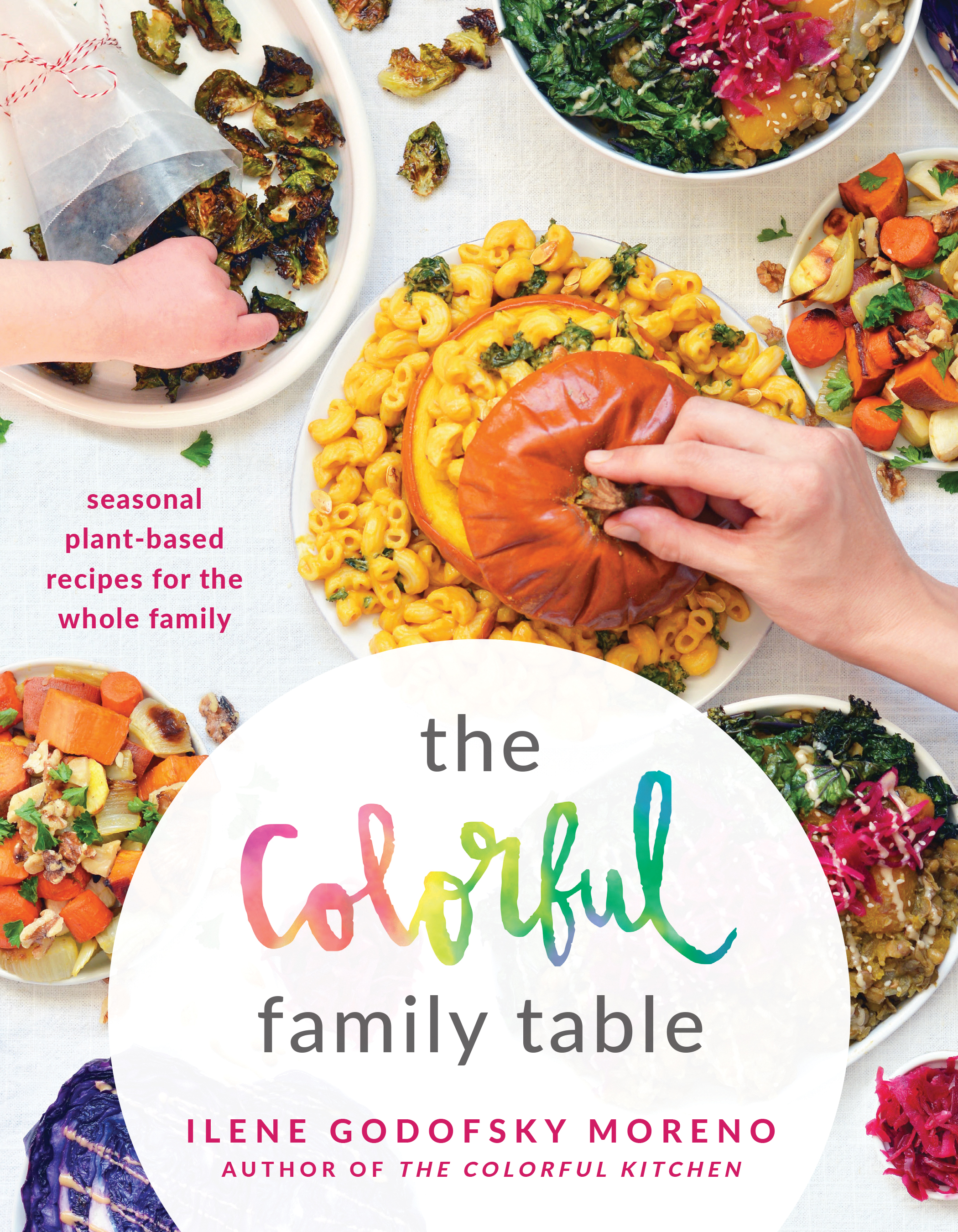
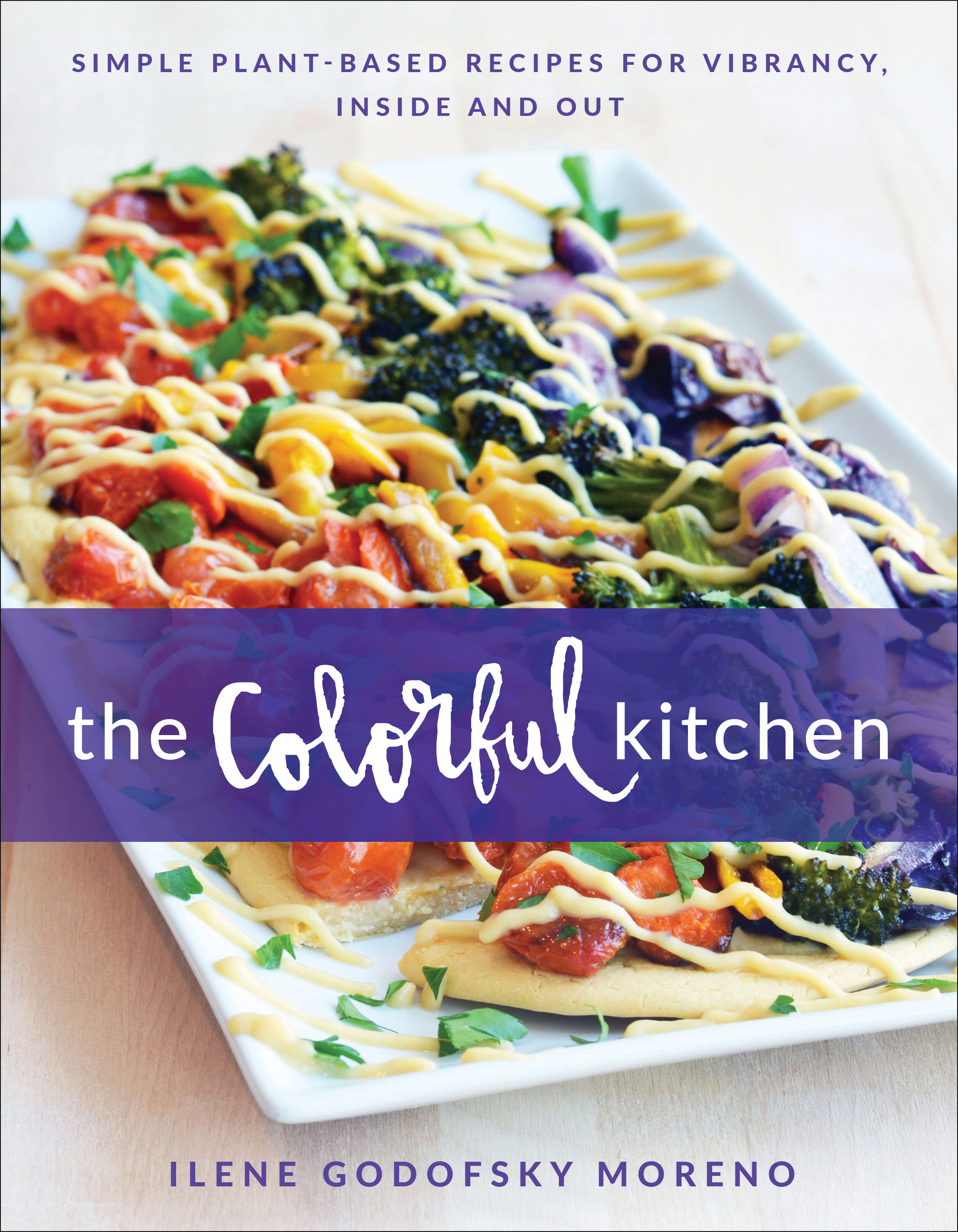
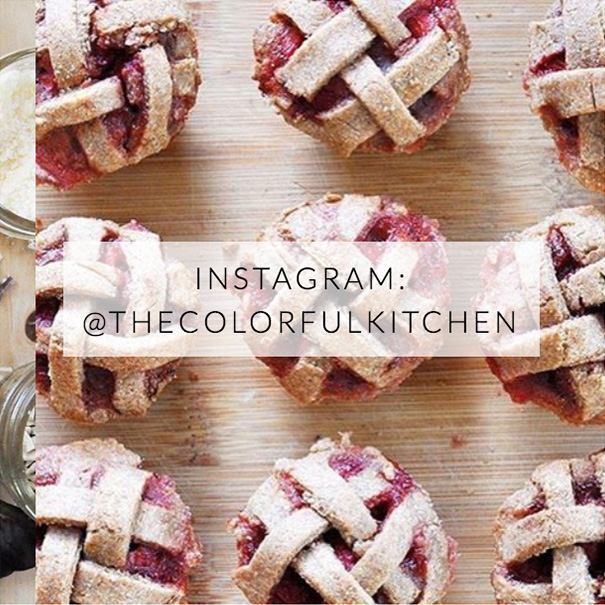










I just did my first real veg garden this year as well; it is awesome isnt it? I even started watching my moms favourite tv series, the British gardeners world. (The host has a series
On Netflix which I accidentally started watching and that is what got me interested.) He always talks about ‘peat free compost’ so I googled why, once: https://butterfly-conservation.org/montydonblog
Amazing!! I’ll have to start watching the show for inspiration!
Thanks so much! This is so helpful for where to start with the local Facebook gardening group, what kinds of bugs and problems to look out for with each type of veggie, and some of your ideas for Fall harvest. I’m so glad the Baby V loved this as much as you. Happy Fall harvest!
I’m a few years ahead of you with gardening, but not by many, and i’ve learned many of the same lessons. It’s a never-ending learning process! One thing which really worked for me is putting netting over my kale, and planting mint alongside it. It keeps the bugs away, and you get fresh mint tea all summer 🙂 I’ve never been successful with zucchini as they always rot before they grow for some reason. And due to the climate here in the UK I’m limited to what I can grow without a greenhouse. But it’s really fun, and there’s NOTHING like eating what you’ve grown yourself. It’s the best!
That’s so good to know about planting kale and mint together! An oh man, it sounds like we’re in the same boat with the zucchini!
When the baby zucchinis rot before growing it’s because they weren’t fertilized. Sometimes you need to help, especially if you don’t have a ton of bees. Use a little paintbrush or a q-tip and and find the male flowers (skinny stem, nothing growing at the base), dab up some pollen, then gently dab it on the female flower’s pistil, the center part. Female flowers are usually only open for one day, so this will help. It’s actually easy and fun to do with kids!
Love your blog! Your writing is so fluid and easy to read.
I love to garden. I’ve lived in several different places and tried in the ground but above ground is so much better; more control over the soil.
I may try to become a Master Gardener, join an OSU group here in Ohio.
I enjoyed reading about your experiences and agree about the primal and very human impulse of digging in the earth.
Thanks so much for the kind words! That’s interesting to know about your experience with in the ground vs. above ground since we’ve only used raised beds!